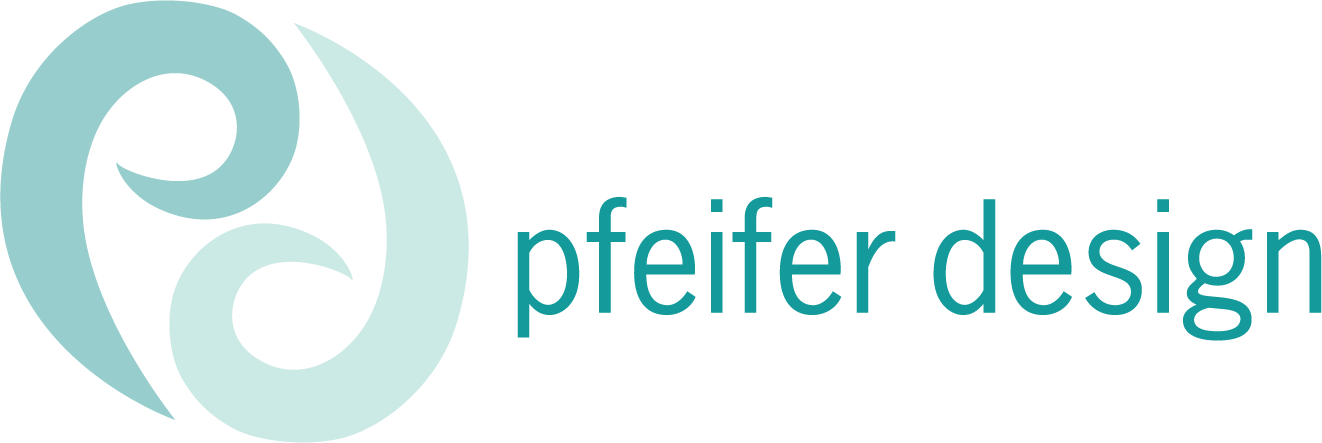What’s your “mood”?
Does anyone remember the song from Camp Rock "This is real, this is me, I'm exactly who I'm supposed to be, yeah.." Yeah. Maybe not unless you were obsessed with teen musicals shows like I was. But to get to my point... I often make mood or inspiration boards, when starting on a new project or brand, to get my ideas flowing in a visual way, and eventually to share some ideas with the client, to see if we share the vibe for their project. I threw together some visuals, here, to say something about my vibe... my work, the colors, especially turquoise, that I love, my passion for the beach, flowers, and houseplants. Just for fun, if you were to collect some images that represent you, or your business, what would you put on your mood board? I encourage you to give it a try and discover your visual vibe!
Some helpful tips about making and viewing mood boards for branding, website, or design projects:
There is no limit to your exploration and inspiration, but there is a limit to what you can create from that inspiration. Make sure that your work is your own, and not derivative of someone else’s idea or design, or you risk copyright infringement.
The mood board expresses the direction you would like to take for a project, and is a great communication starter with a client, to help you explain your vision. But the key word is explain. If you just email you mood board to them, asking what they think or asking for them to sign off on the direction, there is no conversation, and chances are, they won’t know how to interpret it or react. You will probably get a “OK, looks good to me I guess”, or “what is this for?” rather than using your mood board as a way to see what your client’s preferences and visions for their project are.
Avoid being to specific - if showing other logos you like that inspire you for a branding project for example, think before including on a mood board. Sometimes it’s best to save these images for your own reference, and not show to a client. If you do, you run the risk of them deciding they want something that looks just like it, and then you will be faced with creating something unique out of something that wasn’t your vision or design.
Throw in some references that don’t specifically relate to a client’s business or industry to show them how you like to think outside the box. Try showing objects or scenes that convey a certain mood or color, and explain that the imagery or color palette that they use for their brand can have a similar feel.
As a client, think about creating your own mood board to help you talk to your designer about what you are looking for. I often have clients start a shared Pinterest board, where they can save images that speak to them, and then we can discuss why they pinned them and how they could be interpreted for their brand.
This first brainstorming step isn’t a mandatory one for every project, but I do think it is a great way to communicate by showing, and also a way to get inspired and excited about a project. Happy mood boarding!
Hi! I’m Kris, the creative mind behind Pfeifer Design. With a dedication to detail and expertise in web design, graphic design, and branding, I bring personalized attention and a holistic approach to my creative services. I can help you to feel confident in your brand message, reach your desired audience, and grow your business. Let's talk about your next project and bring your vision to life!


